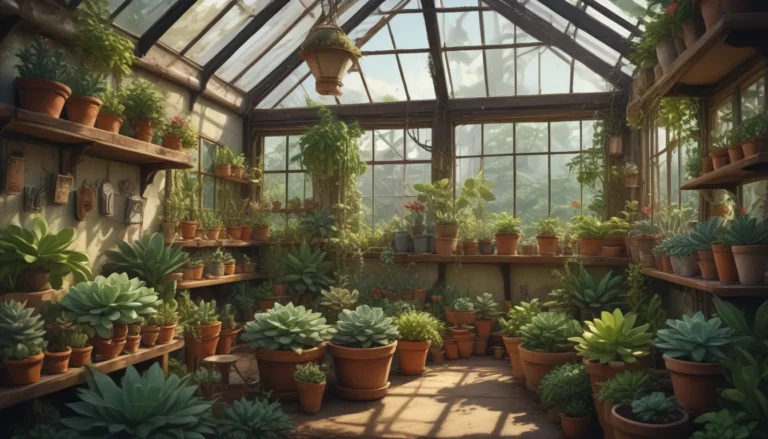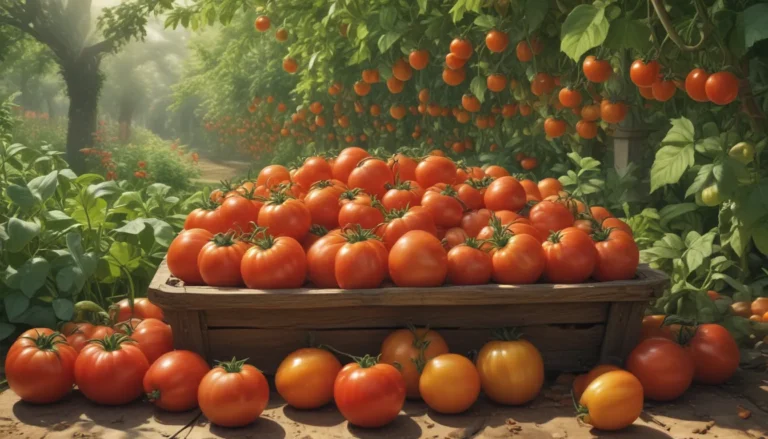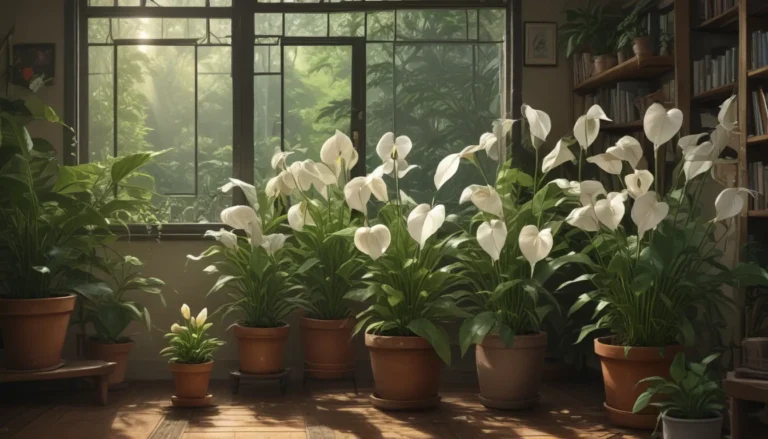Your Comprehensive Guide to Overwintering Bird of Paradise Plants

When I first relocated to sunny southern California from the cold mountains of Montana to attend university, I was immediately captivated by the vibrant array of plants that adorned the landscape. From the flamboyant pink bougainvillea to the majestic purple jacaranda trees, my senses were overwhelmed by the sheer beauty of it all. But what truly stole my heart were the exotic-looking bird of paradise plants with their striking orange tufts and sharp beak-like appearance.
The uncanny resemblance of these flowers to tropical birds is truly remarkable, isn’t it? Also known as crane flower, the bird of paradise (Strelitzia spp.) belongs to the Strelitziaceae family, which also includes Madagascar’s theatrical traveler’s palm (Ravenala madagascariensis). This botanical family is known for its dramatic foliage and makes an excellent addition to any garden or landscape.
As an evergreen tropical plant native to South Africa, bird of paradise is commonly grown in warm climates worldwide. With five species in this genus, all referred to by the same common name, these plants thrive in USDA Hardiness Zones 10-12, occasionally dipping down to Zone 9 with proper protection.
If you’re fortunate enough to have one of these beauties in your yard or garden, you may be wondering how to care for it during the winter months. Don’t worry, we’ve got you covered. In this comprehensive guide, we’ll walk you through everything you need to know to successfully overwinter your bird of paradise plant.
What You’ll Learn
- What Happens to Bird of Paradise Plants in the Winter?
- Plant It in a Container
- Transplanting to Another Container
- What If I Want My Plant to Stay in the Ground?
- An Important Note About Water
These tropical plants can be sensitive to cold temperatures, especially below freezing, so it’s essential to take the necessary steps to protect them during the winter months. Whether you’re in Zone 9 or daring to grow these exotic blooms in Zone 8, we’ll show you how to keep your bird of paradise thriving year-round.
What Happens to Bird of Paradise Plants in Cold Weather?
According to experts at the University of Florida Institute of Food and Agricultural Sciences (IFAS) Extension, bird of paradise plants can only withstand temperatures as low as 24°F for a brief period. Anything below 32°F can potentially damage the flowers and developing buds, so it’s crucial to provide protection during colder weather.
Plant It in a Container
For gardeners in Zones 8 or 9, planting your bird of paradise in a container is a smart move. This makes it easier to bring the plant indoors when frost is forecasted. Smaller varieties like S. reginae are more suitable for container planting, as larger species may require substantial pots.
Choose a container that accommodates your plant’s size, with proper drainage to prevent waterlogging. Repotting annually as the plant grows is recommended to ensure adequate space for root development. Remember to place your potted bird of paradise near a sunny window indoors and move it back outside when temperatures are conducive for outdoor growth.
Transplanting to a Container
If you’ve already planted your bird of paradise in the ground and winter is approaching, transplanting it to a container is still possible. Soak the roots thoroughly before carefully digging up the plant and transferring it to a large pot with well-draining soil. Water generously and bring your plant indoors for protection during cold spells.
What If I Want My Plant to Stay in the Ground?
For gardeners in Zone 10 or 11, or those with large S. nicolai or S. alba plants that are too cumbersome to pot up, a different approach is needed. To protect your plant during colder temperatures, consider cutting it down to 12 inches above the ground. Cover the stem and rhizome with mulch, and shield it with breathable material to retain warmth. Uncover the plant once temperatures rise, allowing it to regrow and flourish.
An Important Note About Water
Maintaining proper hydration is crucial for bird of paradise plants throughout the winter. While you don’t need to keep the soil as moist as in warmer months, regular watering is still essential. Allow the soil to dry out between watering sessions to prevent root rot and other moisture-related issues.
A Fountain of Youth
With the right care and attention during the winter months, your bird of paradise plants will continue to thrive and delight for years to come. By following these guidelines, you can ensure that your tropical beauties survive even the coldest of winters.
Like the blooms that graced my university campus years ago, your bird of paradise plants can be a lasting source of joy and beauty when cared for properly. Share your own experiences, tips, or questions about overwintering Strelitzia plants in the comments below. And be sure to explore our other guides on growing and caring for these exotic treasures.
- Learn about the different types of Bird of Paradise plants.
- Discover how to prevent and treat common Bird of Paradise diseases.
- Find out when and how to prune Bird of Paradise plants.
Your journey to becoming a successful bird of paradise caretaker starts here. Embrace the challenge of winter care and watch your plants flourish year after year!
Remember, with the right knowledge and a little bit of love, your bird of paradise plants will reward you with vibrant blooms and lush foliage that will brighten your home and garden. So, don’t be afraid to tackle the winter season head-on and provide your tropical treasures with the care they deserve.
Stay tuned for more expert advice and insider tips on gardening, plant care, and so much more. Happy gardening!





